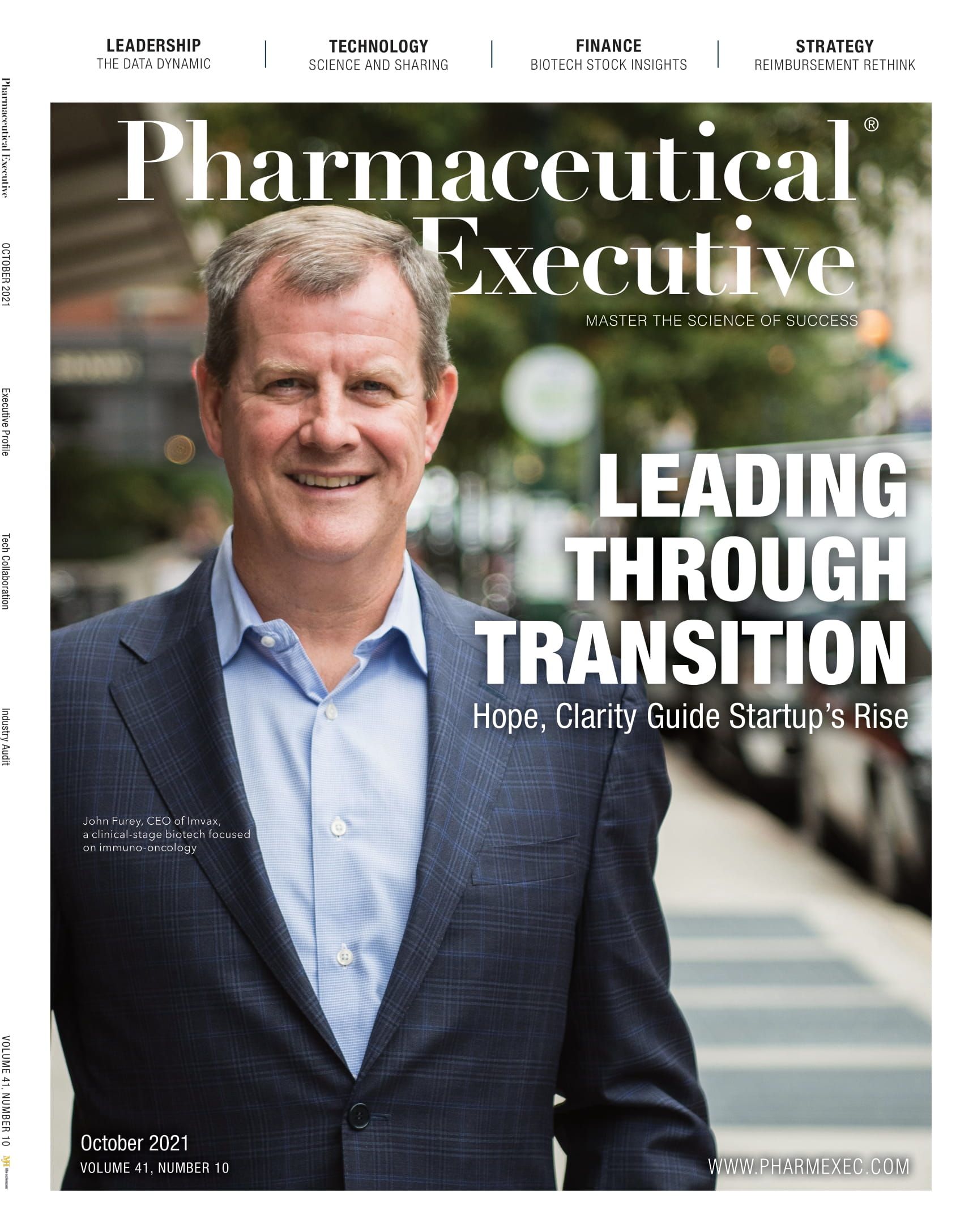Could Time Be the Next New Element in Pharma Revenue?
Emerging limits of one-year payer time frames.

A pharmacy director for a national health plan I speak with referenced internal numbers for the past 12 months pointing to 4% of patients producing 50% of drug spend. A recently published article in JAMA found that half of all prescription drug expenditures in 2001 were driven by 6% of the population; by 2018, the proportion dropped to 2.3%. Similarly, the 2021 Evernorth Drug Trend Report for 2020 noted that less than 2% of the population accounted for 51% of spend.
Spend in the orphan and specialty drug space suggest a Pareto principle 2.0. Instead of an 80/20 rule where 20% of a causative factor produces 80% of the outcome, with orphan and specialty trend there may be a 50/5 rule where less than 5% of patients generates roughly 50% of spend.
Two data streams suggest that a 50/5 rule is likely to intensify. First, a 2019 FDA news release focused exclusively on cell and gene therapies projected that the agency would receive more than 200 INDs per year on top of the more than 800 on file. In addition, by 2025 the agency anticipated approving 10 to 20 cell and gene therapies a year.
Second, recent syndicated industry research sees the gene therapy market growing at a 30% compound annual growth rate over the next 10 years.
Budget impact, system affordability, patient affordability, value and equity are all critical issues that come to mind. The issue this discussion will focus on is reimbursement and time.
Annuitized reimbursement and time
When the reality of gene therapy first entered industry discussions roughly four years ago, annuitized payment emerged as viable reimbursement from both manufacturer and Wall Street points of view.
For treatments that promised to cure progressively deteriorating conditions, the idea of $1 million or $2 million for a single treatment in super small markets had some degree of legitimacy.
Annuitized reimbursement could accommodate such high costs and tie reimbursement to outcomes. If outcomes don’t meet specified criteria, some or all subsequent reimbursement is not paid. Health plans avoid a single huge cost and only pay for outcomes.
While this aligns with value-based reimbursement, the problem is that health plans don’t like liabilities extending beyond a single year.
Health plans and the limits of time
Past research I’ve conducted identified multiple factors that push health plans away from adopting annuitized payments.
- Health insurance financials sync to one-year frameworks.
- Public companies report financials year-to-year.
- Plans are not organized to manage multi-year risk.
- Preference is to secure the best terms possible for one year.
- Long-term payments create potential for inconsistency in how plans reserve for liabilities.
- Reimbursement tied to multi-year outcomes carries an administrative burden.
- Plans would be hard pressed to administer reimbursement if patients leave the plan.
Current practice is that health insurers would rather have full risk for one year rather than the complexities of reimbursement over time.
Pharma and the business development of time
Initially, utilization of gene and cell therapies allowed plans to treat them as one-offs. However, as their growth curve escalates, costs will no longer be easy to absorb with these implications:
Self-funded employers may be the first space where plans are forced to disrupt their long-established one-year practices.
Health plans. The priority given to a one-year insurance framework will likely give way to innovation in how time fits into underwriting required by gene and cell therapy growth.
Pharma. The priority will be to identify new financial models based on how time can be a resource for future customer value and future brand profit. These models will need to simplify management of reimbursement over time. They will also need to tie payment to outcomes administered by systems that plans can scale for maximum efficiency.
Ira Studin, PhD, President, Stellar Managed Care Consulting. He can be reached at istudin@stellarmc.com.

Trump: 'Major Tariff' on Pharmaceuticals Coming Soon
Published: April 9th 2025 | Updated: April 9th 2025“We’re going to tariff our pharmaceuticals, and once we do that, they are going to come rushing back into our country," President Donald J. Trump said during a Tuesday night dinner in Washington.

.png&w=3840&q=75)

.png&w=3840&q=75)



.png&w=3840&q=75)



.png&w=3840&q=75)



















